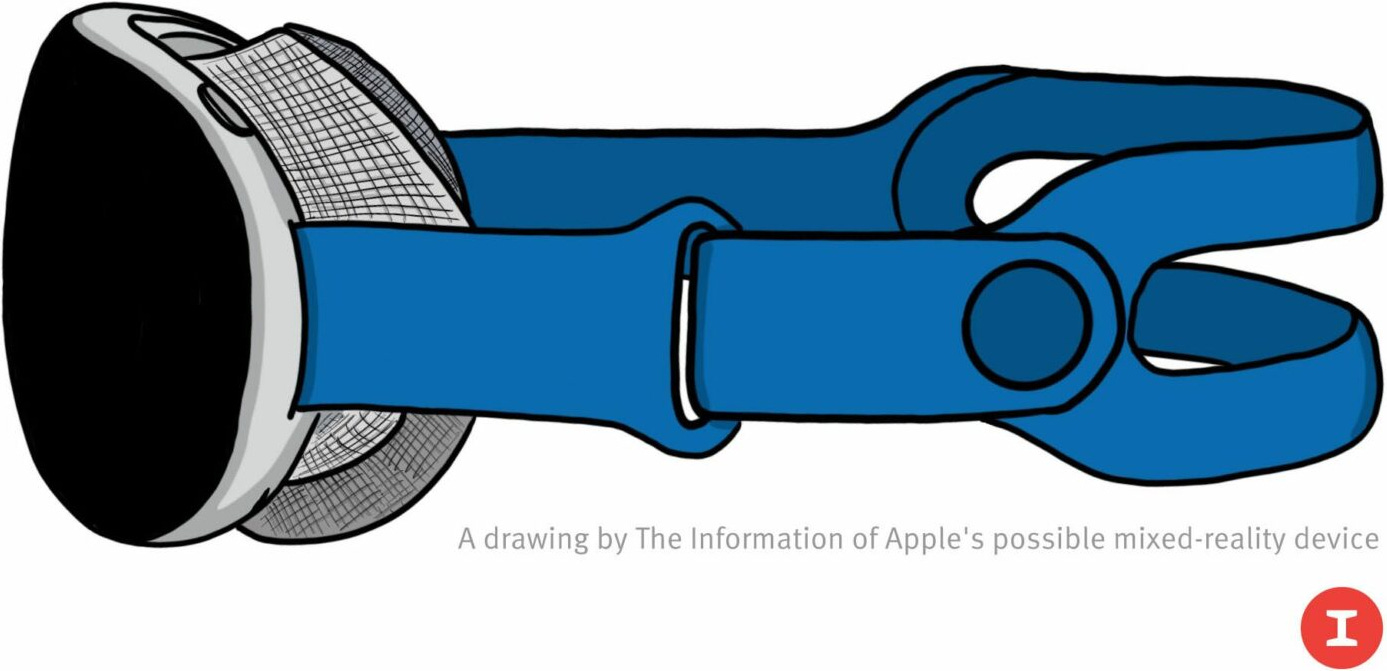13 things you need to know about Apple's mixed reality headset
Apples mixed reality glasses are coming into focus. Here's what we can expect — and when.
Alex Heath published a big scoop in The Information today revealing new and surprising details about what's likely to be Apple's first mixed reality headset.
Here are the 13 things you need to know:
Apple could ship its first mixed reality headset next year.
It's expected to cost $3,000.
The first product will be a very high-end virtual reality headset that will also enable augmented reality and 360-degree video.
Apple's second product category in this space should be augmented reality glasses you can wear all day, every day and even use them with lenses that have your eyeglasses prescription. These won't come until 2025 at the earliest.
The scoop in The Information said that the $3,000 headset shipping next year would have an 8k screen for each eye.
The screens would not blast 16k of video at all times, but would instead only show the stuff where your eyeballs are looking. Your eye gaze will control which parts of the screens are activated.
The Information also reported that the headset would have 14 cameras, most of which are pointed outward to capture the real world, and some of which are pointed at your eyes and face to capture where you're looking and possibly what your facial expressions are.
The headset will also have two Lidar sensors for real time mapping of the physical environment.
The graphic above is a cartoonish representation based on high-end renders of the actual prototype seen by The Information.
Surprisingly, the headset also has a display on the outside facing forward, which can be seen by other people looking at the person wearing the headset.
The render seen by The Information does not show a top strap, only a strap that wraps around the back of the display, which could indicate light weight.
Heath told me in a Clubhouse Room today that he believes the headset is based substantially on the headset developed by Vrvana, which Apple acquired in 2017. Vrvana was known for a dial on the side of the headset for dialing in and out of virtual reality.
The headset has haptics.
I believe one of the biggest applications will be holographic meetings. It’s also likely that QR codes will be involved, possibly for anchoring virtual objects or information in place. But the biggest news is that once Apple enters this space, it will go mainstream overnight, making the world safe for mass adoption of mixed reality as a medium.



